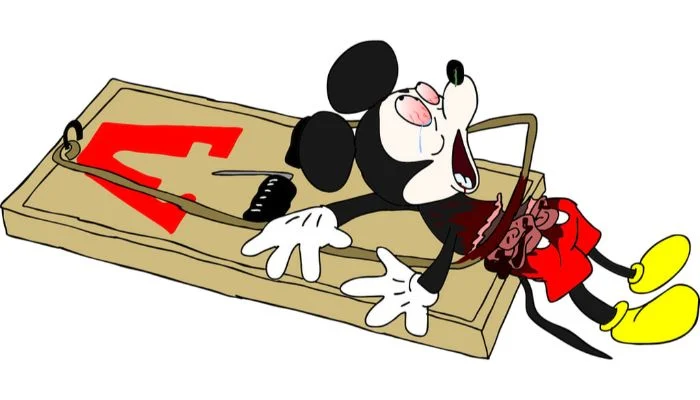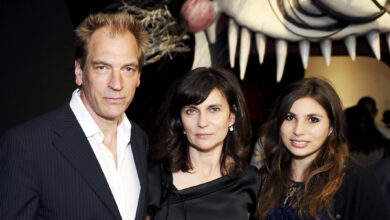
The Demise of an Icon: What Killed Mickey Mouse?
Mickey Mouse, the beloved and iconic character created by Walt Disney, has been a cultural phenomenon for nearly a century. From his debut in “Steamboat Willie” in 1928 to becoming the face of The Walt Disney Company, Mickey has been a symbol of joy and entertainment for generations. However, in recent years, there has been a shift in the cultural landscape, leaving many to wonder: What killed Mickey Mouse?
The Evolution of Mickey Mouse
Mickey Mouse was Walt Disney’s brainchild, and the character quickly became a symbol of hope and optimism during the difficult times of the Great Depression. Over the years, Mickey evolved with the changing cultural landscape, adapting to new mediums such as television and theme parks. However, the very factors that contributed to Mickey’s success may have ultimately played a role in his decline.
- Overexposure
One of the main culprits in the perceived demise of Mickey Mouse is overexposure. As the face of Disney, Mickey has been plastered on merchandise, theme parks, and countless products. The constant presence of Mickey may have led to a sense of oversaturation, causing audiences to lose interest in the character.
In an era of rapidly evolving entertainment options, Mickey Mouse’s ubiquity may have contributed to a lack of novelty, making him seem less appealing to newer generations. The more Mickey became a corporate symbol, the further he moved away from the character-driven storytelling that initially endeared him to audiences.
- Competition from Newer Characters
The landscape of animated characters has expanded significantly since Mickey’s debut. With the rise of new and diverse characters from various studios, audiences now have a plethora of options to choose from. Characters like SpongeBob SquarePants, Pikachu, and Elsa have captured the hearts of younger audiences, diverting attention away from classic characters like Mickey Mouse.
The emergence of compelling storytelling and visually stunning animation in newer franchises may have overshadowed Mickey’s simplistic and wholesome appeal. As storytelling evolved, Mickey Mouse’s character, rooted in a bygone era, struggled to keep up with the complex narratives and multi-dimensional characters that emerged in contemporary animated works.
- Changing Cultural Sensibilities
Mickey Mouse, born in the early 20th century, was a product of its time. The character’s design, humor, and overall tone reflect the cultural sensibilities of that era. However, as societal norms and values have evolved, some aspects of Mickey’s character may be perceived as outdated or less inclusive.
In an age where diversity and representation are at the forefront of cultural discussions, Mickey’s traditional image may struggle to resonate with audiences who seek characters that reflect a more inclusive and modern worldview. This shift in cultural values may have contributed to a decline in Mickey’s relevance.
Revival Attempts
Recognizing the challenges Mickey Mouse faced, The Walt Disney Company embarked on various initiatives to revive the character’s appeal. This included new animated shorts, theme park attractions, and collaborations with contemporary artists. While these efforts brought temporary spikes in interest, they were not sufficient to restore Mickey Mouse to the pinnacle of cultural relevance he once held.
Conclusion
The question of what killed Mickey Mouse is complex, involving a combination of factors such as overexposure, increased competition from newer characters, and evolving cultural sensibilities. However, it’s important to note that Mickey Mouse, despite facing challenges, remains an enduring symbol of nostalgia for many. The character’s legacy continues to live on through various forms of media and merchandise, even if he may not be at the forefront of contemporary popular culture.
In the end, Mickey Mouse’s fate serves as a reminder of the ever-changing nature of entertainment and the challenges that iconic characters face in staying relevant across generations. While Mickey may not be as omnipresent as he once was, his impact on the world of animation and popular culture is indelible, ensuring that the memory of the cheerful mouse will endure for years to come.



